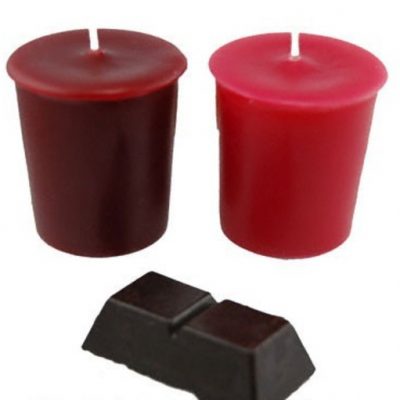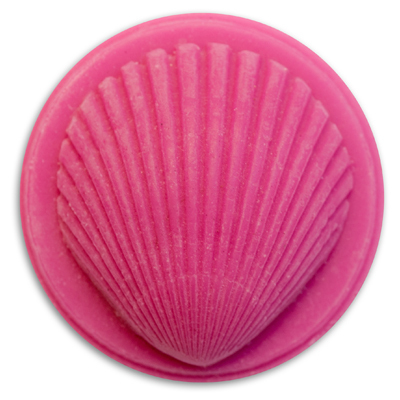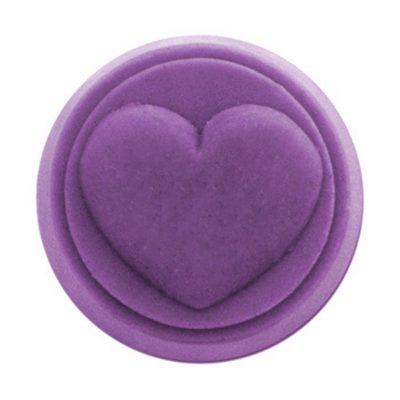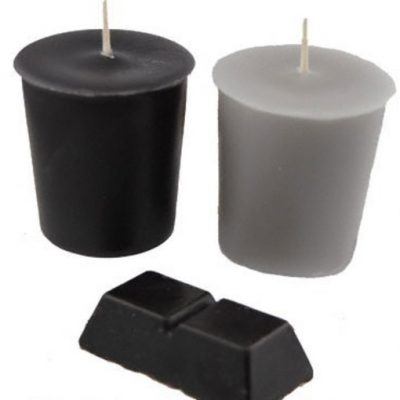Have you ever walked into a room and been instantly transported by the beautiful aroma of a burning candle, only to try recreating that experience with your own handmade candles and feel disappointed by their weak scent? You’re not alone. Achieving excellent fragrance throw – the ability of a candle to distribute scent throughout a space – is one of the most challenging aspects of candle making.
Understanding the science behind scent throw transforms candle making from guesswork into a precise craft. When you grasp how fragrance molecules behave, how different waxes carry scent, and what factors influence aroma distribution, you can consistently create candles that fill rooms with beautiful fragrance. This guide will demystify the complex interplay of chemistry, physics, and craftsmanship that creates beautiful scented candles.
Understanding Fragrance Throw: The Two Types You Need to Know
Fragrance throw operates in two distinct ways, each requiring different considerations and techniques.
Cold Throw: The First Impression
Cold throw refers to the fragrance you detect from an unlit candle. This initial scent impression influences whether someone feels drawn to light your candle in the first place. Strong cold throw indicates that fragrance oils have properly bonded with the wax and remain accessible even in solid form.
Several factors affect cold throw performance. Fragrance oil quality plays a crucial role – synthetic fragrances often provide stronger cold throw than natural essential oils because they’re specifically formulated to be more volatile at room temperature. The molecular weight of fragrance components also matters: lighter molecules evaporate more readily, creating immediate scent presence.
Wax porosity significantly influences cold throw. More porous waxes like soy allow fragrance molecules to migrate toward the surface more easily, while denser waxes may trap scent until heated.
Hot Throw: The Main Performance
Hot throw describes the fragrance distribution when your candle burns. This represents the true test of your candle’s scent performance and determines whether the fragrance effectively fills the intended space.
Hot throw depends heavily on the melt pool formation and the volatilisation of fragrance oils. When wax melts, it releases trapped fragrance molecules into the air. The size and depth of the melt pool directly correlate with scent release – larger melt pools expose more fragrance-infused wax to air, increasing scent output.
Temperature plays a critical role in hot throw performance. Fragrance oils have optimal volatilisation temperatures where they release scent most effectively without burning off. Too much heat destroys delicate fragrance compounds, while insufficient heat fails to release them adequately.
The Chemistry Behind Scent Distribution
Understanding fragrance chemistry helps you make informed decisions about ingredients and techniques.
Molecular Behaviour and Volatility
Fragrance compounds consist of molecules with different volatility rates. Top notes – those you smell immediately – contain lighter molecules that evaporate quickly. Middle notes provide the heart of the fragrance and release more gradually. Base notes contain heavier molecules that linger longest but require more heat to release effectively.
This molecular diversity explains why candle scent changes throughout burning. Initially, you’ll notice top notes prominently. As the candle continues burning and heat builds up, middle and base notes become more apparent. Understanding this progression helps you select fragrance oils that provide consistent scent experience throughout the candle’s life.
Wax as a Fragrance Carrier
Different waxes interact with fragrance oils in unique ways, affecting both scent retention and release.
Soy Wax Characteristics
Soy wax offers excellent fragrance retention due to its natural porosity and chemical composition. The natural vegetable structure creates microscopic spaces that hold fragrance oils effectively. Soy wax melts at lower temperatures, which helps preserve delicate fragrance compounds that might burn off in higher-temperature waxes.
However, soy wax’s natural variation can create consistency challenges. Different soy wax batches may have slightly different fragrance-holding capacities, requiring adjustment in fragrance loads and techniques.
Paraffin Wax Performance
Paraffin wax typically delivers stronger hot throw than soy wax due to its petroleum-based molecular structure. Paraffin creates more consistent melt pools and can handle higher fragrance loads without compromising burn quality. The refined nature of paraffin provides predictable performance across batches.
Paraffin’s higher melting point allows it to carry fragrance oils that require more heat for optimal release, making it particularly effective for complex fragrance blends with prominent base notes.
Coconut Wax Qualities
Coconut wax combines excellent fragrance throw with clean burning characteristics. Its unique molecular structure creates an ideal environment for fragrance oil binding while maintaining strong scent distribution. Coconut wax often provides superior cold throw compared to other natural waxes.
The firmer structure of coconut wax allows for higher fragrance loads while maintaining structural integrity, making it an excellent choice for highly scented candles.
Critical Factors That Influence Fragrance Throw
Multiple variables work together to determine your candle’s scent performance. Understanding and optimising each factor creates consistently excellent results.
Wick Selection and Sizing
Your wick choice dramatically affects fragrance throw by controlling melt pool formation and heat distribution.
Wick Size Impact
Undersized wicks create small, shallow melt pools that limit fragrance release. The restricted melting means less wax surface area exposed to air, reducing scent distribution. Additionally, insufficient heat may fail to properly volatilise fragrance oils, resulting in weak hot throw despite adequate fragrance loading.
Oversized wicks create problems too. Excessive heat can burn off delicate fragrance compounds before they distribute properly. Large flames may also create air currents that disperse fragrance inconsistently around the room.
Wick Material Considerations
Cotton wicks (ACS) provide steady, consistent burning that supports even fragrance release. Wood wicks create broader melt pools due to their design, potentially offering superior fragrance throw for wider containers. However, wood wicks require careful sizing to avoid creating too much heat.
Paper-core wicks (CDN) offer excellent rigidity and consistent burning, making them ideal for containers where wick stability is crucial for maintaining proper melt pool formation.
Fragrance Oil Quality and Selection
Not all fragrance oils perform equally in candles. Understanding quality indicators helps you choose oils that provide excellent throw.
Fragrance Oil Formulation
High-quality fragrance oils (like we use at Candle Creations) are designed specifically for candle making contain stabilisers and enhancers that improve throw performance. These formulations resist degradation from heat and provide more consistent scent release throughout burning.
Fragrance oils with appropriate flash points perform better in candles. Oils with very low flash points may burn off quickly, while those with very high flash points may not release adequately at typical candle temperatures.
Concentration and Purity
Concentrated fragrance oils typically provide better throw than diluted versions. However, concentration must be balanced with other factors – overly concentrated oils may not blend well with wax or may require temperature adjustments for optimal performance.
Pure fragrance oils without excessive carrier oils or fillers generally provide superior throw. Carriers can interfere with the fragrance-wax bonding process and may affect burn quality.
Temperature Control Throughout the Process
Temperature management affects every aspect of fragrance throw, from initial mixing through final burning performance.
Mixing Temperature Optimisation
Adding fragrance oils at the correct temperature ensures proper binding with wax molecules. Too high temperatures damage fragrance compounds, reducing throw potential. Too low temperatures prevent complete integration, creating uneven scent distribution.
For soy wax, add fragrance oils between 75-82°C. For paraffin, optimal mixing temperatures range from 85-90°C. These temperatures provide adequate fluidity for mixing while preserving fragrance integrity.
Curing Temperature and Environment
Proper curing requires stable temperatures away from extreme heat or cold. Temperature fluctuations during curing can cause fragrance oils to separate from wax or create uneven distribution throughout the candle.
Store curing candles at consistent room temperature, ideally between 18-24°. Avoid areas with direct sunlight, heating vents, or drafty locations that create temperature variations.
Advanced Techniques for Maximum Fragrance Throw
Beyond basic principles, several advanced techniques can significantly improve your candles’ scent performance.
Fragrance Load Optimisation
Finding the optimal fragrance load requires balancing maximum scent with burn quality and safety.
Testing Fragrance Limits
Start with conservative fragrance loads (6-10% for soy, 8-10% for paraffin) and gradually increase in 0.5% increments. Document performance at each level, noting both cold and hot throw improvements alongside any negative effects on burn quality.
Some fragrance oils perform excellently at lower concentrations while others require higher loads for noticeable throw. Individual testing remains the most reliable method for determining optimal loads.
Fragrance Blending Strategies
Combining multiple fragrance oils can create complex scents with superior throw characteristics. Blend oils with different volatility profiles to ensure consistent scent release throughout burning. Our scents
Use approximately 50-60% middle notes, 20-30% top notes, and 20-30% base notes for balanced fragrance profiles. This ratio provides immediate scent impact while maintaining depth and longevity. Our fragrance oils are already balanced with these ratios so you do not need to worry about blending them unless you are wanting to use single notes.
Container Selection and Design
Your container choice affects air circulation and heat distribution, both crucial for fragrance throw.
Size and Shape Considerations
Wider containers create larger melt pools, exposing more fragrance-infused wax to air. However, very wide containers may require multiple wicks to achieve complete melting, complicating the burning process.
Container depth affects heat retention and melt pool development. Deeper containers may take longer to develop full melt pools but can provide longer-lasting scent once established.
Material Impact on Performance
Glass containers provide excellent heat retention and create consistent burning environments. Thicker glass retains heat longer, potentially improving fragrance volatilisation.
Metal containers conduct heat differently, potentially creating hotter burning conditions that may enhance fragrance release but could also burn off delicate compounds.
Environmental Factors and Placement
Room conditions significantly affect fragrance distribution and perception.
Air Circulation Management
Gentle air circulation helps distribute fragrance throughout spaces but strong drafts can disperse scent too quickly or interfere with proper burning. Position candles where natural air currents can carry fragrance without creating burning problems.
Room Size Calculations
Different spaces require different fragrance strategies. Small rooms need less intense scent to avoid overwhelming occupants, while large spaces require stronger throw for noticeable fragrance presence.
As a general guideline, one properly made 280g candle can effectively scent approximately 10-15 square metres. Larger spaces may benefit from multiple smaller candles rather than one large candle for better scent distribution.
Testing and Measuring Fragrance Performance
Systematic testing provides objective data about your candles’ scent performance and helps identify areas for improvement.
Creating Testing Protocols
Develop standardised testing procedures to evaluate fragrance throw consistently across different candles and formulations.
Cold Throw Assessment
Test cold throw 24-48 hours after making candles, before curing completion affects scent perception. Use consistent testing conditions – same room temperature, time of day, and environmental conditions.
Rate cold throw on a scale of 1-10, with specific criteria for each rating level. Document testing conditions and results for each candle formulation.
Hot Throw Evaluation
Burn test candles in controlled environments with consistent room size, temperature, and air circulation. Test at regular intervals (1 hour, 2 hours, 4 hours) to understand scent progression throughout burning.
Use multiple evaluators when possible to account for individual scent perception differences. Document not just scent strength but also scent quality and consistency throughout the burn.
Record Keeping for Continuous Improvement
Maintain detailed records of all variables and results to identify patterns and optimise future candles. A good way to do this is via our candle testing sheets.
Documentation Systems
Record wax type, fragrance oil details, wick specifications, mixing and pouring temperatures, curing conditions, and testing results for each candle. Include photos of melt pool development and notes about burn characteristics.
Create comparison charts showing how different variables affect throw performance. This visual data helps identify the most impactful factors for your specific materials and techniques.
Troubleshooting Common Fragrance Throw Problems
When candles don’t perform as expected, systematic troubleshooting helps identify and correct issues.
Weak Hot Throw Solutions
Poor hot throw typically results from insufficient heat generation, inadequate fragrance loading, or temperature-related issues during manufacturing.
Check wick sizing first – undersized wicks are the most common cause of weak hot throw. Verify that melt pools reach container edges within 2-3 hours of burning. If not, increase wick size gradually until proper melt pool formation occurs.
Evaluate fragrance oil quality and concentration. Low-quality oils or insufficient fragrance loads produce weak scent regardless of other factors. Consider testing different fragrance suppliers or increasing fragrance loads within safe limits.
Inconsistent Scent Distribution
Uneven fragrance throw often indicates problems with mixing, curing, or wick placement.
Verify thorough mixing of fragrance oils into melted wax. Insufficient mixing creates pockets of higher and lower fragrance concentration, resulting in variable scent release. Mix for at least 2-3 minutes after adding fragrance oils.
Check wick centering and stability. Off-centre wicks create uneven melt pools that release fragrance inconsistently. Use wick holders or other centering devices throughout the cooling process.
Maximising Your Candle’s Scent Potential
Creating candles with exceptional fragrance throw requires attention to detail, quality materials, and systematic testing. Start with high-quality fragrance oils designed for candle making, use appropriate wax types for your desired performance, and size wicks carefully for optimal melt pool formation.
Remember that fragrance throw results from the interaction of multiple variables rather than any single factor. Small improvements in several areas often produce better results than dramatic changes in one aspect.
Test systematically and document results thoroughly. Your testing data becomes invaluable for replicating successful candles and avoiding repeated mistakes. Each candle teaches you something about the complex relationship between materials, techniques, and performance.
Most importantly, understand that exceptional fragrance throw develops through practice and refinement. Even experienced candle makers continue learning and adjusting their techniques as they work with new materials and create different scent profiles.
With patience, attention to detail, and systematic approach to testing and improvement, you can consistently create candles that fill spaces with beautiful fragrance and provide the satisfying scent experience that draws people to handmade candles.


